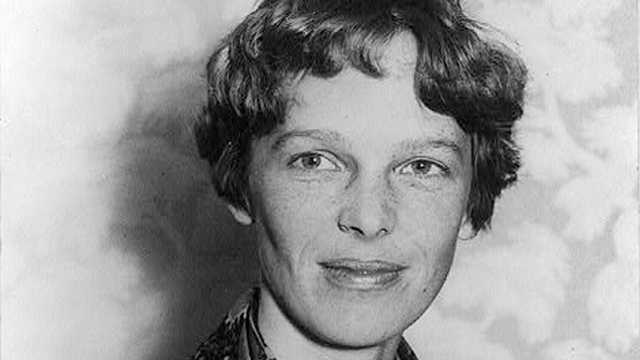Title: The Pugachev Rebellion: The Peasant Uprising Against Catherine the Great
Introduction:
On August 22, 1774, one of the most dramatic upheavals in Russian history came to an abrupt end; the Pugachev Rebellion. It’s a cornerstone of Russian history that saw serfs and peasants attempting to rise against their rulers. This event held significant implications for Russia’s social structure and hints at the revolutions to come in the next centuries.
Main Body:
Yemelyan Pugachev, a disgruntled Cossack who declared himself to be the legitimate Tsar Peter III, initiated this uprising. Following the death of Tsar Peter III under controversial circumstances and the ascension of Catherine the Great, Pugachev, disillusioned with the existing administration and its impact on the Russian peasantry and Cossacks, resolved to lead a rebellion against Catherine’s reign.
In September 1773, the Pugachev Rebellion began in earnest, gathering many disenfranchised serfs, peasants, Cossacks, and even some of the smaller nobility. Throughout the rebellion, many towns were attacked, and the discontent of the common people was brought to the forefront. The rebellion was a significant threat to Catherine’s reign, and several military attempts were made to suppress it, often with heavy casualties.
Despite the rebellion’s early success, the tide turned in 1774. Russian troops, after several attempts, finally captured Pugachev on July 14, 1774. However, the rebellion didn’t officially end until August 22, 1774, when his followers formally acknowledged his capture and surrendered to Catherine the Great’s forces.
The Pugachev Rebellion was a precursor to the larger, more well-known revolts that would shape Russia in the centuries to come, including the 1905 Russian Revolution and the Bolshevik Revolution of 1917.
Interesting Facts for Kids:
1. Yemelyan Pugachev declared himself Tsar Peter III. Even though Peter III had died years earlier, many people didn’t know this and believed Pugachev.
2. The Rebellion had a ‘Black Council’. This was a group of Pugachev’s advisors who helped him make decisions during the rebellion.
Educational Activities for Kids:
1. Map Activity: Trace the key locations of the Pugachev Rebellion on a map.
2. Diary Entry: Write a diary entry as if you were a peasant during the rebellion. Use your understanding of the event to detail your thoughts and feelings.
Conclusion:
The Pugachev Rebellion vividly highlights the tension brewing in Russia between the monarchy and common people, which would later culminate in full-blown revolutions. Born out of frustration and discontent, August 22 marks the end of an insurrection that, for a time, threatened the very framework of Russian society.
The event’s significance lies not only in the rebellion itself but in the lessons it offers us today regarding uprisings, leadership, and the consequences of social and economic discontent.
References:
1. Alexander, John T. Autocracy and Rebellion in Catherine’s Russia. The Slavonic and East European Review, Vol. 53, No. 130 (1975), pp. 185–206.
2. Dukes, Paul. Catherine’s Russia: Pugachev and the Mighty Seceders. Slavic Review, Vol. 39, No. 3 (1980), pp. 417–425.
3. Longworth, Philip. Russia: The Once and Future Empire From Pre-History to Putin. Macmillan, 2008.
4. Ransel, David L. The Pugachev Rebellion, 1773-1775. Proceedings of the American Philosophical Society, Vol. 114, No. 6 (1970), pp. 477–488.







What do you think?
Show comments / Leave a comment